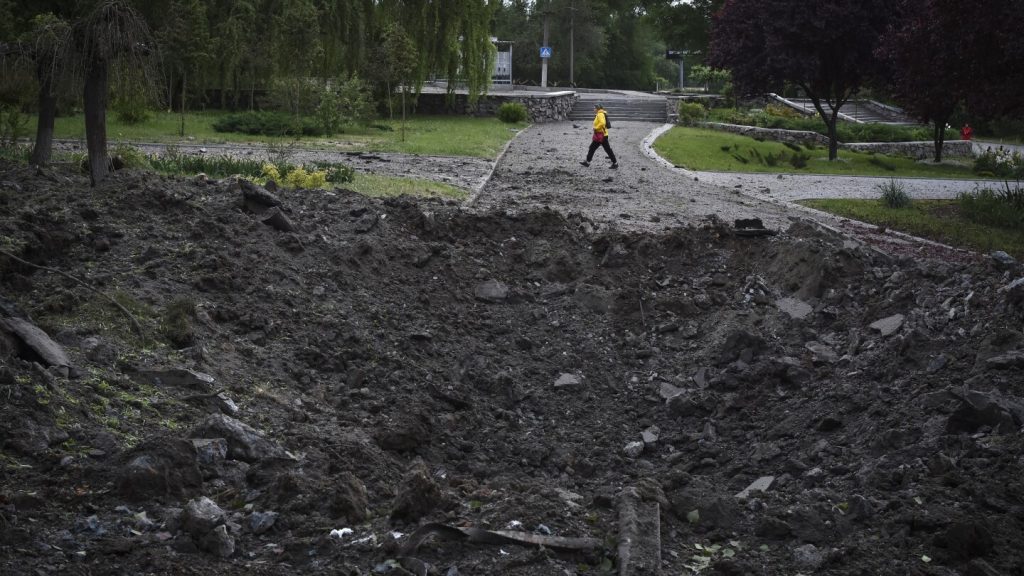European Union nations have reached a tentative breakthrough deal to provide Ukraine with billions in additional funds for military equipment from the profits raised from frozen Russian central bank assets held in the bloc. The agreement, announced by Belgium, comes after weeks of tough negotiations among member states, with most of the frozen assets held in Belgium. The deal is expected to free up to 3 billion euros a year for Kyiv, with 90% of the funds earmarked for ammunition and military equipment. The first installment of the funds could reach Ukraine as early as July. This move is a response to Russia’s ongoing war against Ukraine, with Kyiv seeking vital military supplies to defend against renewed Russian attacks.
However, some member states, including Hungary, have been resistant to supplying weapons to Ukraine. To address this, special safeguards were included in the deal to allow for 10% of the funds to be considered general aid. Despite the agreement among the 27 EU ambassadors, EU member states still need to officially endorse the deal before the funds can be allocated to Ukraine. This decision marks a significant step in supporting Ukraine’s defense efforts and providing much-needed military equipment to counter Russian aggression. The EU is holding approximately 210 billion euros in Russian central bank assets, most of which has been frozen in Belgium as a response to Moscow’s actions in Ukraine.
The funds generated from the frozen Russian central bank assets will provide Ukraine with a substantial boost in its defense capabilities, allowing the country to better protect itself against Russian incursions. The agreement to allocate these funds towards military equipment signifies a united front among EU member states to support Ukraine in the face of ongoing aggression from Russia. The deal is a result of extensive negotiations and deliberations among member states, with the aim of ensuring that Ukraine receives the necessary resources to defend itself effectively. By earmarking 90% of the funds for military equipment, the EU is sending a strong message of solidarity and support to Ukraine amidst the ongoing conflict with Russia.
While the agreement represents a major breakthrough in EU support for Ukraine, challenges remain, particularly with regard to member states that are reluctant to supply weapons to Ukraine. The inclusion of special safeguards in the deal to allocate a portion of the funds as general aid reflects the complexities and differing positions among EU member states on providing military support to Ukraine. Moving forward, it will be crucial for EU member states to endorse the agreement officially to enable the release of the funds to Ukraine. This decision underscores the EU’s commitment to supporting Ukraine’s sovereignty and security in the face of external threats, particularly from Russia. As the first installment of funds is expected to reach Kyiv in July, the impact of this deal on Ukraine’s defense capabilities could be significant in the ongoing conflict with Russia.
In conclusion, the EU’s agreement to allocate funds from frozen Russian central bank assets to Ukraine for military equipment represents a significant step in supporting Ukraine’s defense efforts. The deal, reached after tough negotiations among member states, aims to provide Ukraine with the resources needed to counter Russian aggression and defend its sovereignty. While challenges remain, particularly with member states that are hesitant to supply weapons to Ukraine, the inclusion of special safeguards in the agreement addresses these concerns. As EU member states prepare to endorse the deal officially, the release of funds to Ukraine could have a tangible impact on the country’s ability to defend itself against Russian threats. This decision highlights the EU’s solidarity and support for Ukraine in its ongoing struggle for independence and security.


